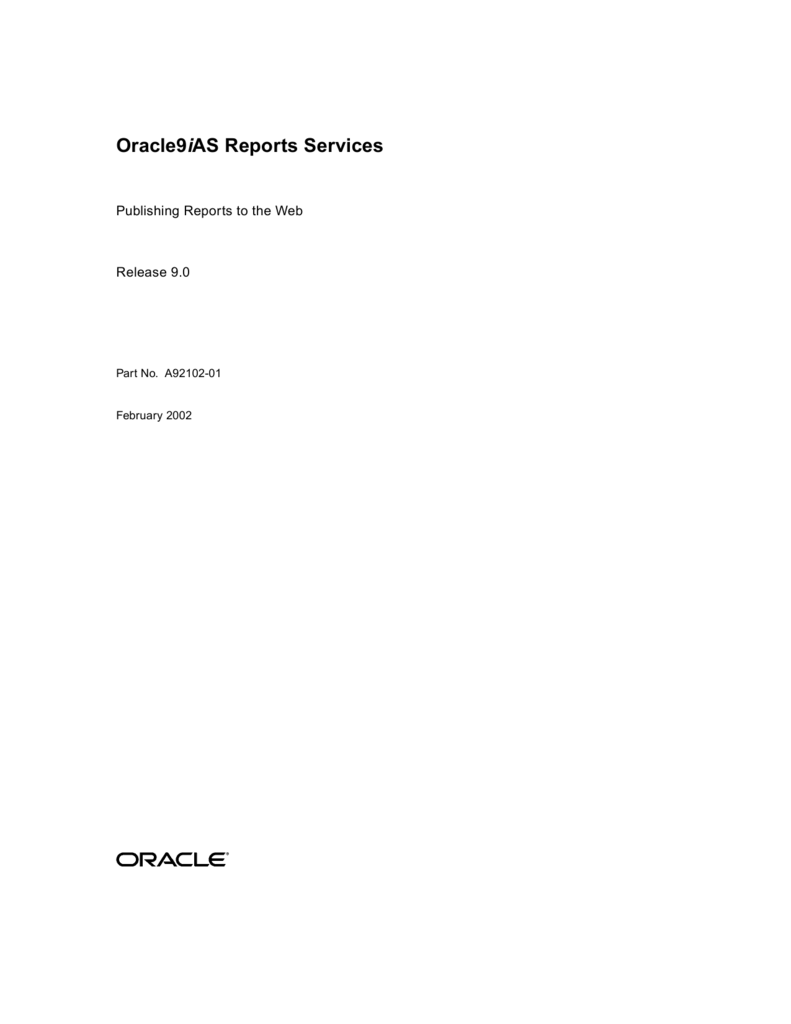Trying to compile RDF reports with rwconverter.sh files as follows. DOMAIN_HOME/reports/bin/rwconverter.sh source=report.rdf batch=yes stype=RDFFILE dtype. Merely out of curiosity here is the contents of the script rwconverter.sh(which call the. $ORACLE_HOME /bin/reports.sh. For example: Winmerge or KDiff3.
This blog explains how to enable a trace for concurrent programs that run rdf reports to generate output. Enabling Trace for reports in R12 Enable trace, in the report, so the command used to submit it will appear in the log file. Using the System Administrator responsibility navigate to the Define Concurrent Program Screen and query the report. To break every chain mp3 download. Check the box next to Enable Trace. Submit the report from the Concurrent Manager and view the log file for the NLS_LANG Parameter and the command used to run the report. Example: A.Submit Concurrent program from 'Submit New Request' B.When the request completes click on the View Log button.
Copy the lines between -- Start of Reports Command -- and -- End of Reports Command -- Arguments ------------ p_mag_assign_action_id='882414262' ------------ -- Start of Reports Command -- /u01/oracle/test/inst/apps/test_host/ora/10.1.2/bin/appsrwrun.sh P_CONC_REQUEST_ID=1340141 p_mag_assign_action_id='882414262' report=/u01/oracle/test/apps/apps_st/appl/pip/12.0.0/reports/US/TEST.rdf batch=yes destype=file desname=/u01/oracle/test/inst/apps/TEST_host/logs/appl/conc/out/o1340141.out desformat=XML -- End of Reports Command -- Verify the Forms CATCHTERM variable and be sure it is set to 0. If the CATCHTERM variable is not set to 0 (zero) a core file will not be created. Example: echo $FORMS_CATCHTERM export FORMS60_CATCHTERM=0 Verify your DISPLAY setting: echo $DISPLAY If DISPLAY is not set: export DISPLAY= Convert to REP to prevent any compilation issue as below REP-1247: The report contains uncompiled PL/SQL.


Code-behind So, let's start from the back and then work our way through the example. We have implemented a converter in the Code-behind file called YesNoToBooleanConverter. As advertised, it just implements the two required methods, called Convert() and ConvertBack(). The Convert() methods assumes that it receives a string as the input (the value parameter) and then converts it to a Boolean true or false value, with a fallback value of false. For fun, I added the possibility to do this conversion from French words as well. The ConvertBack() method obviously does the opposite: It assumes an input value with a Boolean type and then returns the English word 'yes' or 'no' in return, with a fallback value of 'no'. You may wonder about the additional parameters that these two methods take, but they're not needed in this example.
We'll use them in one of the next chapters, where they will be explained. XAML In the XAML part of the program, we start off by declaring an instance of our converter as a resource for the window. We then have a TextBox, a couple of TextBlocks and a CheckBox control and this is where the interesting things are happening: We bind the value of the TextBox to the TextBlock and the CheckBox control and using the Converter property and our own converter reference, we juggle the values back and forth between a string and a Boolean value, depending on what's needed. If you try to run this example, you will be able to change the value in two places: By writing 'yes' in the TextBox (or any other value, if you want false) or by checking the CheckBox. No matter what you do, the change will be reflected in the other control as well as in the TextBlock. Summary This was an example of a simple value converter, made a bit longer than needed for illustrational purposes. In the next chapter we'll look into a more advanced example, but before you go out and write your own converter, you might want to check if WPF already includes one for the purpose.